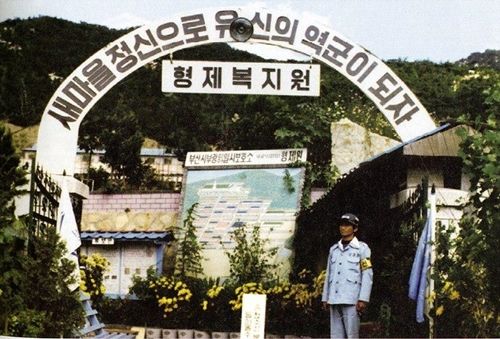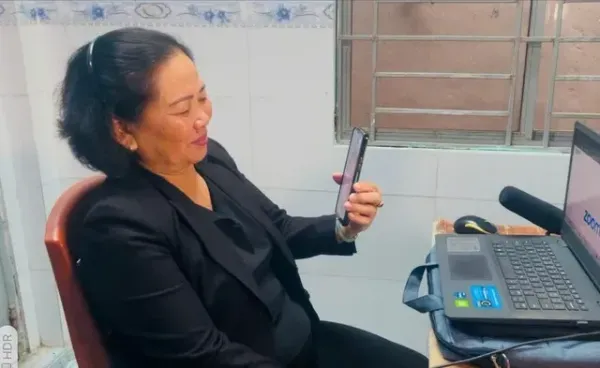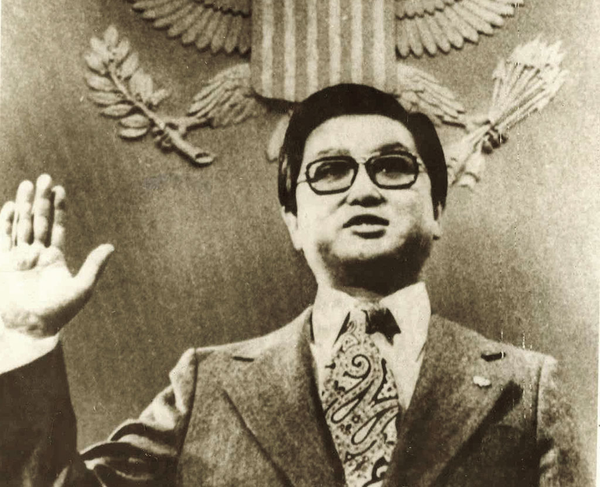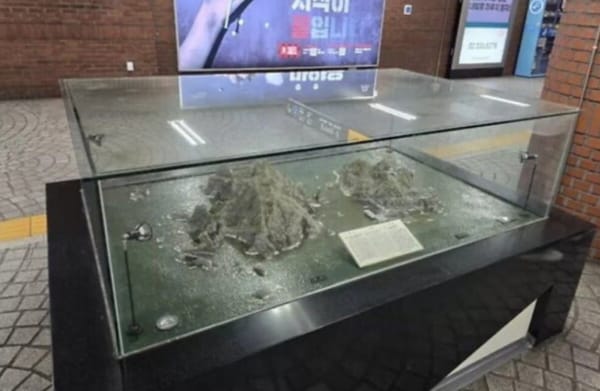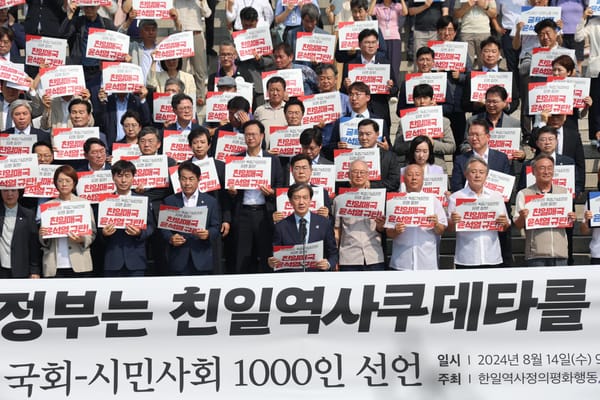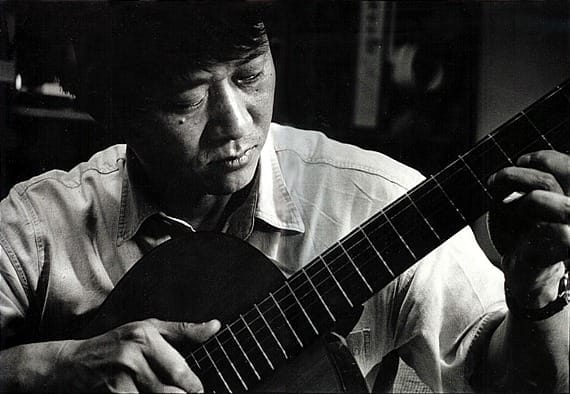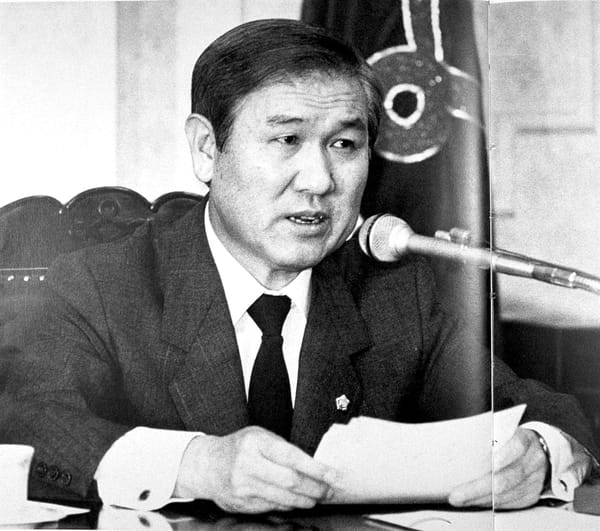Photo: Brothers Welfare Center in Busan, c. 1975. Credit: City of Busan.
One of the lesser known atrocities of South Korea’s right-wing dictatorship was the Brothers Welfare Center 형제복지원, which was ostensibly a home for vagrants but in fact a slave camp. On August 24, the government-established Truth and Reconciliation Commission (TRC) 진실화해를 위한 과거사 정리 위원회 issued a report concluding that the Brothers Welfare Center was a major infringement of human rights through state violence, killing 657 people in its twelve years of operation.
The TRC is in its second iteration; the first TRC operated from 2005 to 2010. This round of the TRC was established in December 2020 to investigate the human rights violations in modern Korean history since Imperial Japan’s colonial period and up to the presidency of Roh Tae-woo 노태우 who was South Korea’s first democratically elected president and former general who overthrew the government in the 1979 coup led by Chun Doo-hwan 전두환. The Brothers Welfare Center case is the first report issued by this commission, which is currently investigating 328 cases.
The Brothers Welfare Center initially opened in 1962 as a church-supported orphanage in Busan 부산. In 1975, the Park Chung-hee 박정희 dictatorship issued Interior Ministry Decree No. 410 내무부 훈령 410호, which allowed the police to detain anyone who was considered a vagrant indefinitely without any process to challenge the detention. Taking advantage of the new rule, the Welfare Center’s owner Park In-geun 박인근 colluded with Busan’s law enforcement to turn the orphanage into a forced labor camp.
With the help of the police, Park rounded up thousands of people living in the margins into the barbed-wired facility patrolled by guards with dogs. Park In-geun then used his prisoners as a source of free labor, operating various factories such as food packaging and simple manufacturing for toys, fishing rods, etc.
From 1975 to 1986, Brothers Welfare Center had 38k prisoners; in 1984, it took in 4,355 new prisoners. Beatings and sexual assaults were commonplace. Those who resisted strongly were sent to the in-house psychiatric facility and were injected with sedatives. When the prisoners died, Park sold their bodies to medical schools. Previously, the number of known deaths out of Brothers Welfare Facility was 552; this round of TRC investigation uncovered an additional 105 deaths, bringing the total to 657 deaths.
Brothers Welfare Center became known to the world in March 1987, when 35 of its prisoners escaped. Park In-geun was arrested, but only served 2.5 years in prison for embezzlement, as the Supreme Court 대법원 in 1988 held that Park was lawfully following the Interior Ministry decree. The TRC recommended an official apology from the government and rehabilitation for the surviving victims.


